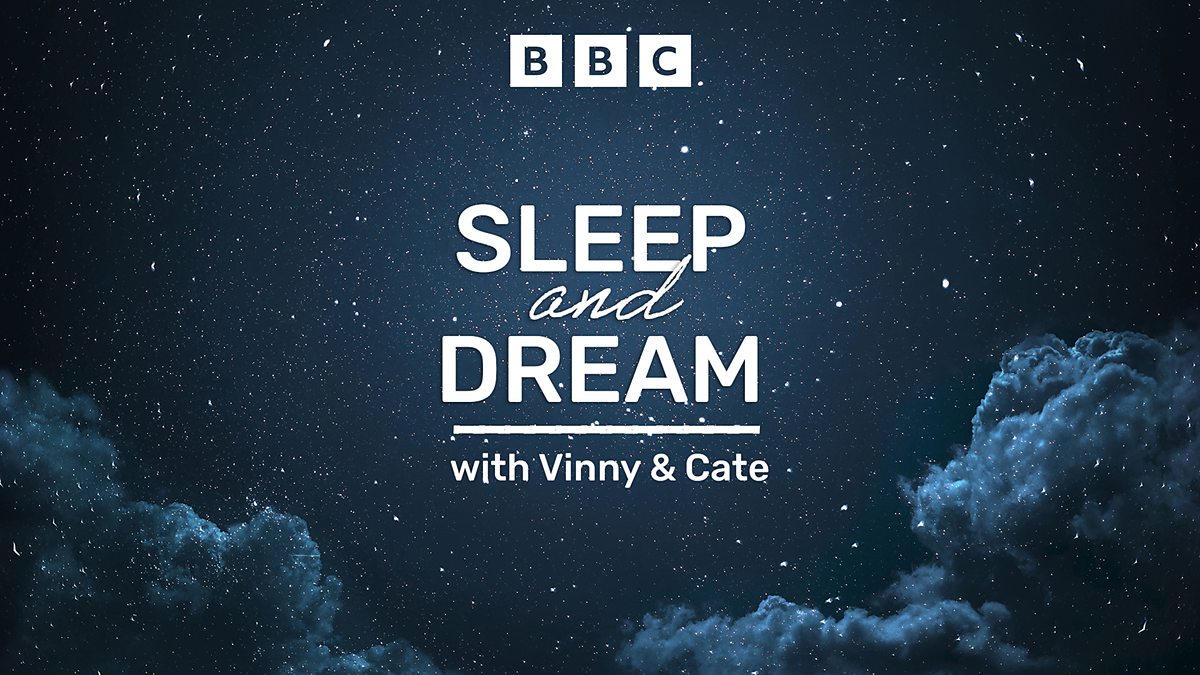Unlock Better Sleep: A Guide to Sleep Tech & Keeping a Sleep Diary

Struggling to get a good night's rest? You're not alone. With a flood of sleep gadgets promising to revolutionize our sleep, it can be overwhelming to know where to start. But before you invest in the latest tech, understanding your sleep patterns is key. Join us as we delve into the world of sleep technology and the surprisingly effective practice of keeping a sleep diary, with expert insights from Dr. David Garley, a GP and renowned Sleep Doctor.
The Rise of Sleep Technology in the Philippines
From smartwatches to sleep trackers, apps to specialized mattresses, the market for sleep technology is booming. These devices often claim to monitor sleep stages (light, deep, REM), heart rate, breathing patterns, and even environmental factors like room temperature and noise levels. While some offer valuable data, it's important to approach them with a critical eye. Many consumer-grade devices aren't medically accurate and can sometimes cause anxiety if you become overly focused on the numbers.
Why a Sleep Diary is Your First Step
Before diving into the world of gadgets, consider the power of a simple sleep diary. This is a low-tech, highly effective tool that can reveal valuable insights into your sleep habits. A sleep diary involves recording details about your sleep each day, including:
- Bedtime & Wake-up Time: Note the exact times you go to bed and wake up.
- Sleep Duration: Calculate how many hours you slept.
- Sleep Quality: Rate your sleep on a scale (e.g., 1-5, with 1 being terrible and 5 being excellent).
- Factors Affecting Sleep: Record anything that might have impacted your sleep, such as caffeine intake, alcohol consumption, exercise, stress levels, or evening screen time.
- Daytime Activities: Note any significant activities during the day that might influence your sleep (e.g., naps, shift work, travel).
Why is it so effective? A sleep diary provides a comprehensive picture of your sleep patterns and identifies potential triggers for poor sleep. It helps you see the correlation between your daily habits and your sleep quality, empowering you to make informed changes.
Dr. Garley's Expert Advice
Dr. David Garley emphasizes that sleep technology should complement, not replace, good sleep hygiene. “A sleep diary is a fantastic starting point,” he explains. “It allows you to objectively assess your sleep habits and identify areas for improvement. Then, you can use technology to supplement this, perhaps to track trends over time or to monitor specific parameters like heart rate variability.”
He also cautions against relying solely on sleep tracker data. “Remember, these devices are not a substitute for a medical diagnosis. If you have persistent sleep problems, consult a doctor to rule out any underlying medical conditions.”
Integrating Technology & Diaries for Optimal Sleep
Here’s how to combine the best of both worlds:
- Start with a Sleep Diary: Commit to keeping a diary for at least two weeks to establish a baseline.
- Choose Technology Wisely: If you decide to use a sleep tracker, select one that aligns with your goals (e.g., monitoring sleep stages, tracking heart rate).
- Compare & Analyze: Compare the data from your sleep diary with the data from your sleep tracker. Do they align? If not, consider the limitations of the technology.
- Make Adjustments: Based on your findings, make gradual changes to your sleep habits and lifestyle.






